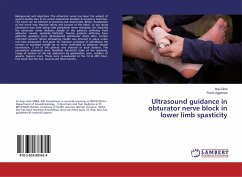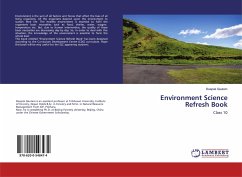The Matola River rises in the Manhiça district of Mozambique and runs for 67 km until it flows into the Indian Ocean in Maputo Bay. Near its mouth, in Baixo Matola, there are wetlands with alluvial soils, cut by several small streams. The dynamics of this place are accompanied by the cycle of the tides and the flooding of the river. The occupation of these wetlands brings with it changes in environmental processes of a hydrological, geomorphological and biological nature, with hydrogeo-environmental effects that condition the socio-diversity of the local community. This paper presents the dynamics of the Lower Matola River, taking into account the growing process of occupation due to urbanization. This process contributes to modifying water flows, its existence and availability, as well as external morphodynamic processes and the landforms associated with it. It was concluded that the occupation of these lands has generated effects that alter their quality, which threatens the continuity of species and the existence of the wetlands themselves.
Bitte wählen Sie Ihr Anliegen aus.
Rechnungen
Retourenschein anfordern
Bestellstatus
Storno








